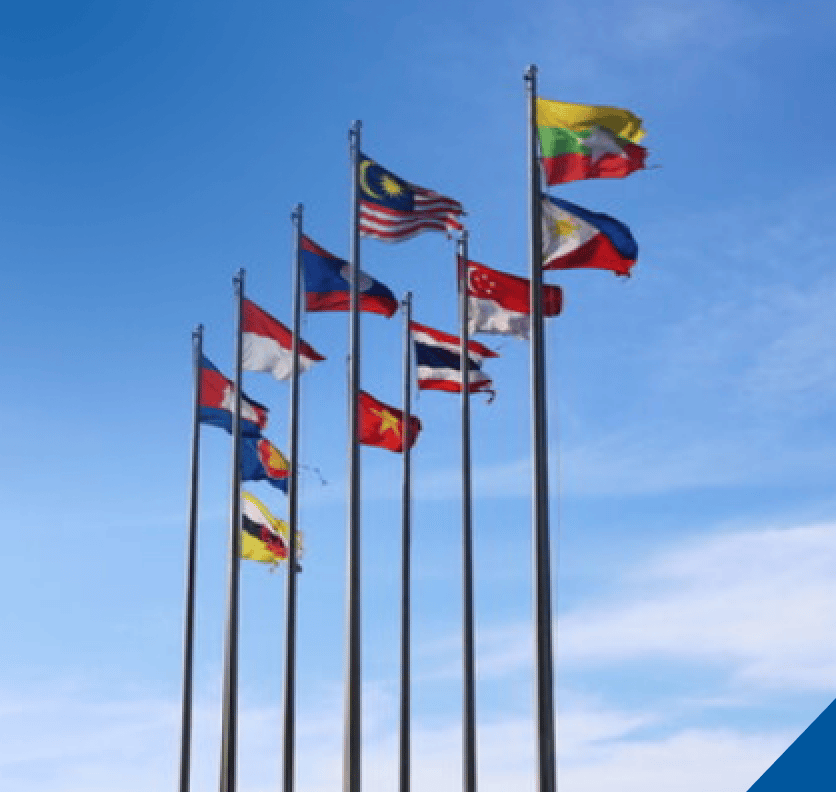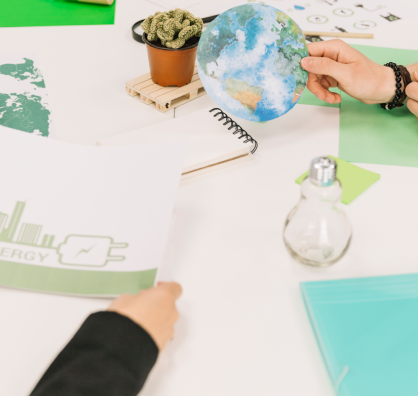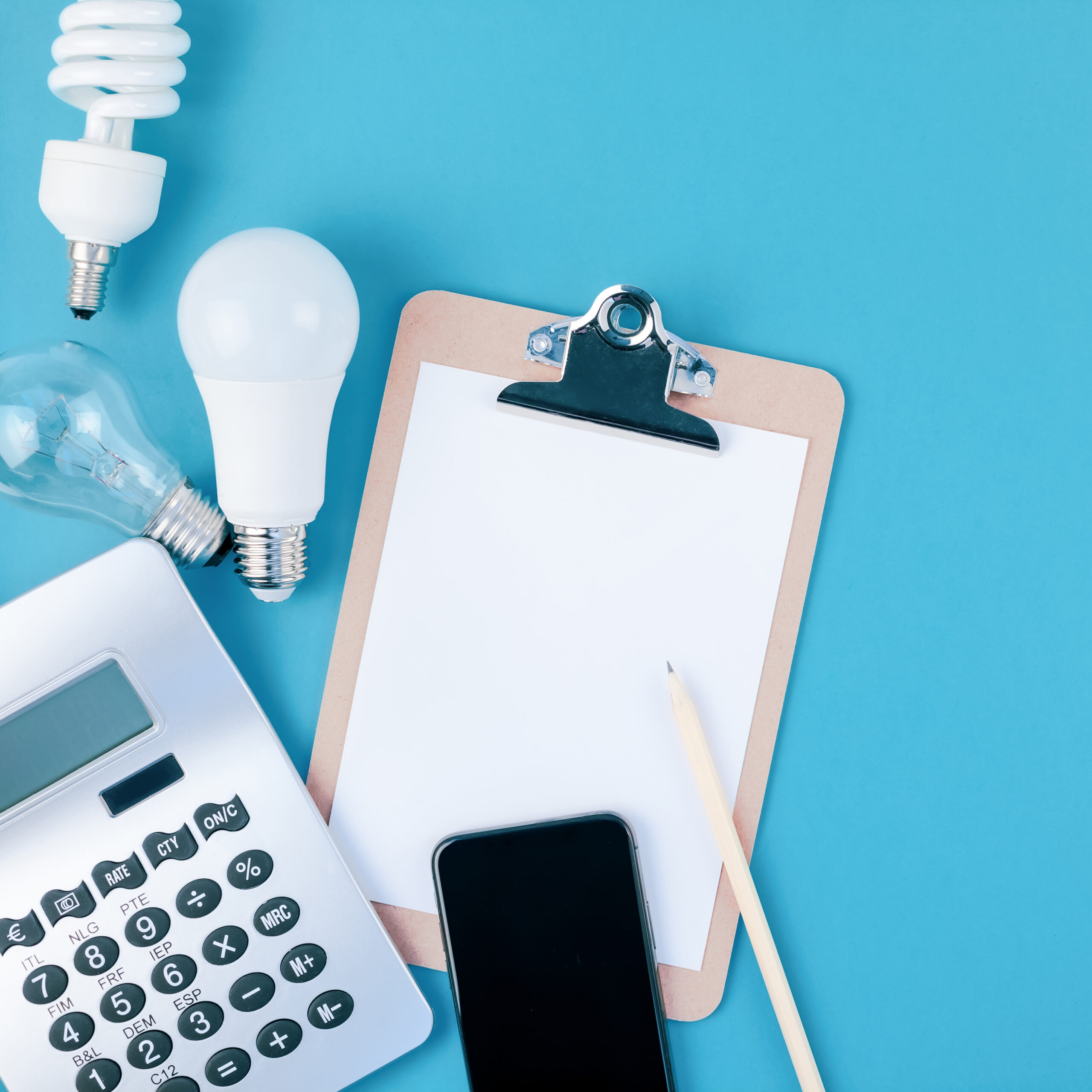[vc_row el_class=”detail-right-sing-pub”][vc_column width=”4/12″ el_class=”featured-image-wrap”][vc_single_image source=”featured_image” img_size=”full” el_class=”featured-image”][/vc_column][vc_column width=”8/12″][vc_row_inner][vc_column_inner el_class=”title-single-pub” css=”.vc_custom_1565448006423{margin-bottom: 0px !important;}”][vc_column_text css=”.vc_custom_1565448183865{margin-bottom: 15px !important;}”][post_title][/vc_column_text][/vc_column_inner][/vc_row_inner][vc_row_inner][vc_column_inner el_class=”date-single-pub”][vc_column_text css=”.vc_custom_1565448167869{margin-bottom: 15px !important;}”][post_date][/vc_column_text][/vc_column_inner][/vc_row_inner][vc_row_inner][vc_column_inner el_class=”type-single-pub” width=”2/6″][vc_column_text]Category[/vc_column_text][/vc_column_inner][vc_column_inner el_class=”type-single-pubb” width=”4/6″][vc_column_text][post_cat][/vc_column_text][/vc_column_inner][/vc_row_inner][vc_row_inner][vc_column_inner el_class=”type-single-pub” width=”2/6″][vc_column_text]Tag[/vc_column_text][/vc_column_inner][vc_column_inner el_class=”type-single-pubb” width=”4/6″][vc_column_text el_class=”tag-pub”]Hydrogen[/vc_column_text][/vc_column_inner][/vc_row_inner][vc_row_inner][vc_column_inner el_class=”type-single-pub” width=”2/6″][vc_column_text]Project[/vc_column_text][/vc_column_inner][vc_column_inner el_class=”type-single-pubb” width=”4/6″][vc_column_text el_class=”tag-pub”]ACCEPT II[/vc_column_text][/vc_column_inner][/vc_row_inner][vc_row_inner][vc_column_inner el_class=”type-single-pub” width=”2/6″][vc_column_text]Author[/vc_column_text][/vc_column_inner][vc_column_inner el_class=”type-single-pubb” width=”4/6″][vc_column_text]
Yanfei Li, Beni Suryadi, Jianjun Yan, Junyi Feng, Adhityo Gilang Baskoro, Suwanto
[/vc_column_text][/vc_column_inner][/vc_row_inner][vc_row_inner][vc_column_inner el_class=”type-single-pub” css=”.vc_custom_1565449718201{margin-top: 15px !important;}”][vc_column_text el_class=”download-pdf-sing-pub”]DOWNLOAD PDF[/vc_column_text][/vc_column_inner][/vc_row_inner][/vc_column][/vc_row][vc_row el_class=”row-key-point” css=”.vc_custom_1565449289802{margin-top: 40px !important;}”][vc_column el_class=”key-point”][vc_column_text el_class=”key-point-ul”]
Abstract
The progress of hydrogen energy in terms of technologies and supply chains is appealing to member countries of the Association of Southeast Asian Nations (ASEAN). Countries with the advantages of fossil fuel resources and existing infrastructure can export grey hydrogen energy until 2025. This could help expand hydrogen-related infrastructure and form a certain level of economies of scale to prepare for the next phase of development of blue and green hydrogen energy. From 2026 to 2030, ASEAN could shift to blue hydrogen energy exports with the help of carbon capture, utilization, and storage. However, the domestic applications of hydrogen energy will remain economically uncompetitive in most ASEAN countries. After 2030, as the levelized costs of electricity for renewables decline and the share of renewable energy power increases, the cost of hydrogen energy production from surplus electricity could become even lower. Consequently, green hydrogen energy will dominate domestic downstream energy applications and exports to overseas markets.
[/vc_column_text][vc_column_text el_class=”iframe-pub”]This article is published atScienceDirect, International Journal of Hydrogen Energy, 6 January 2023, https://doi.org/10.1016/j.ijhydene.2022.12.105[/vc_column_text][/vc_column][/vc_row]











